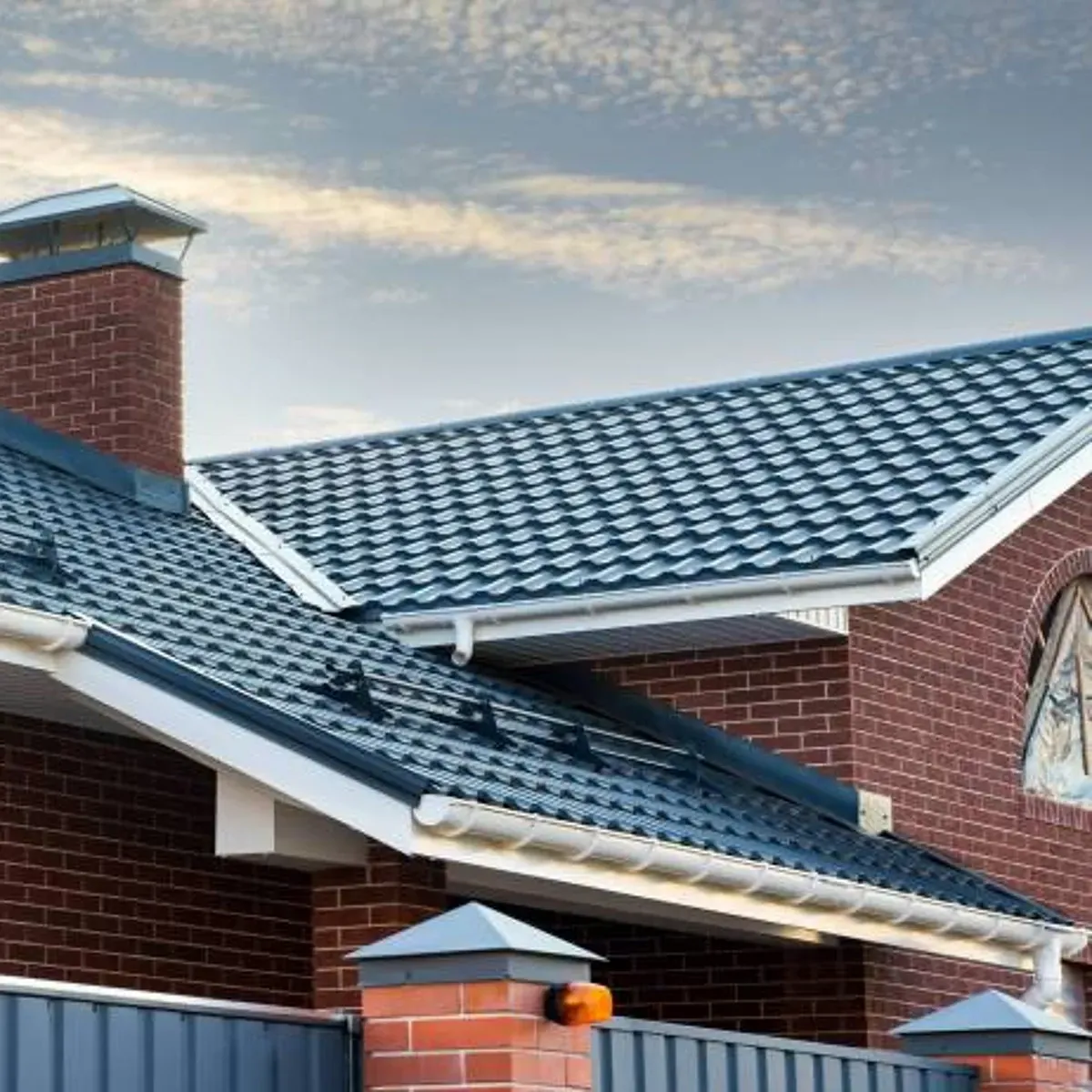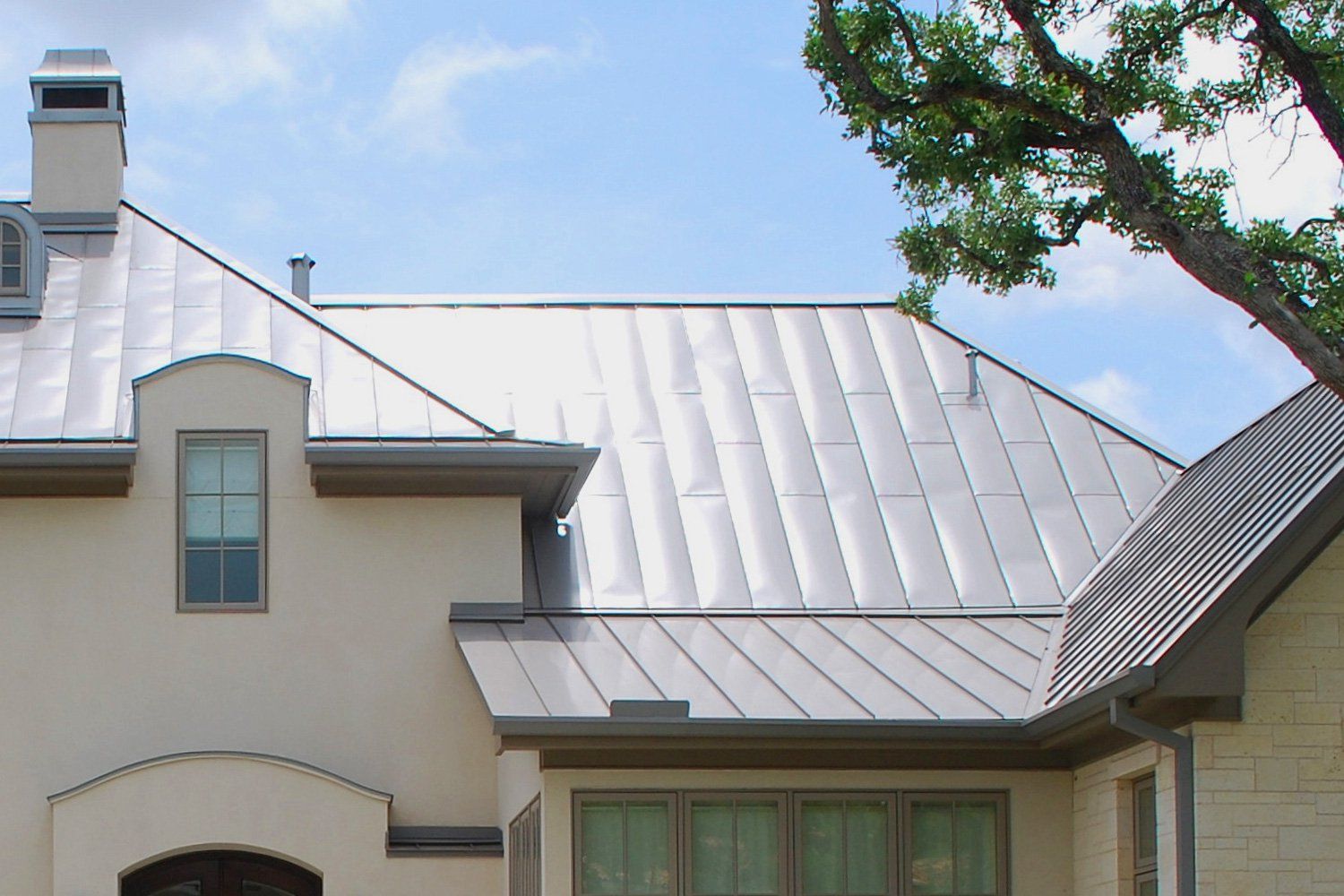Roofs protect our homes, but many myths cloud our understanding of them. These false ideas can lead to bad choices and wasted money. It's time to clear up some common roofing misconceptions.
Your roof needs proper care and attention to last a long time. No roof lasts forever, even if it's new or made of top materials. The life of your roof depends on many factors, like the weather in your area and how well you take care of it.
You might think you only need to check your roof after a big storm. This isn't true. Regular roof inspections are important. They can catch small problems before they turn into big, costly ones. Let's look at some other roofing myths and learn the facts to help you make smart choices for your home.
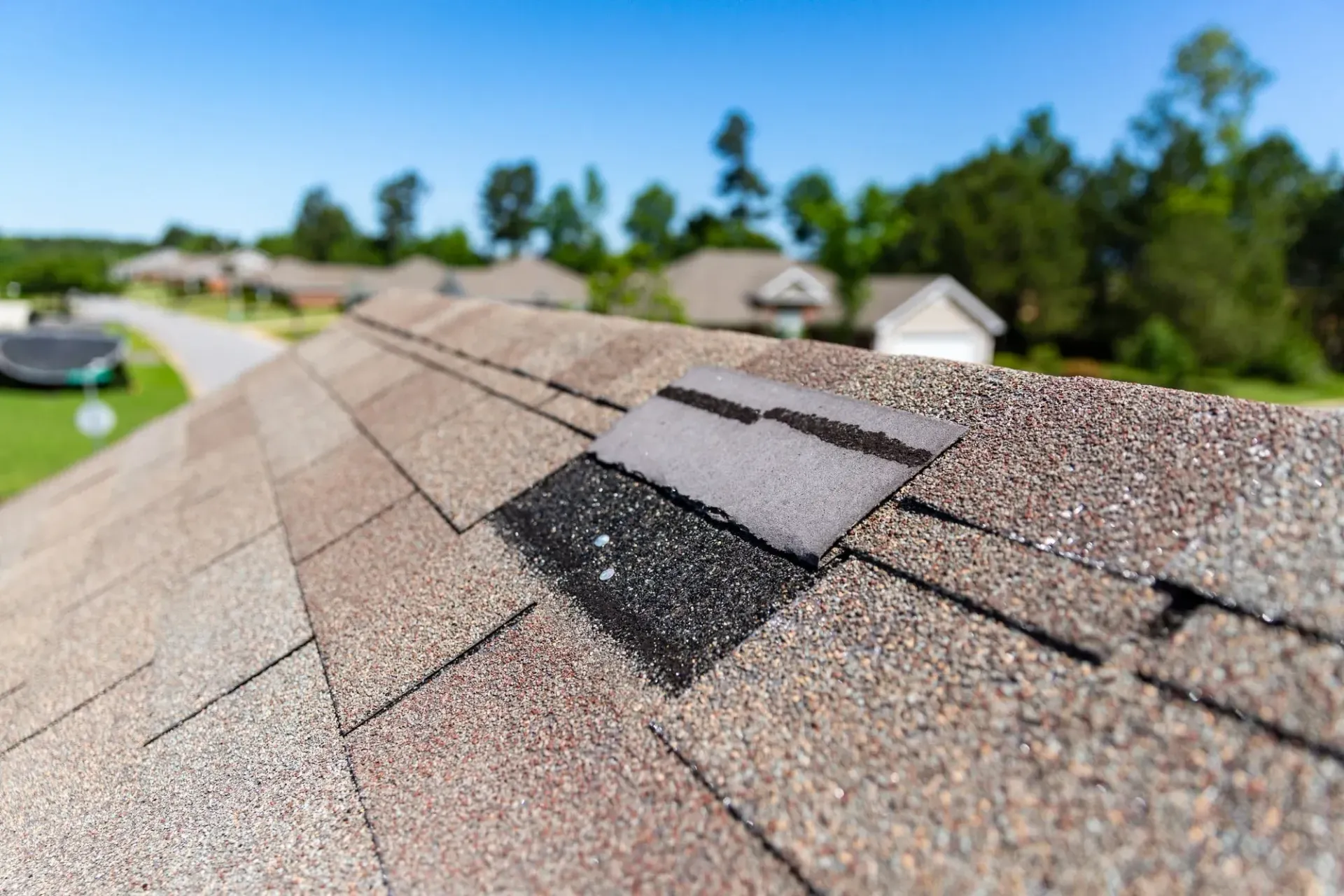
Common Misconceptions in Roofing
Many people have wrong ideas about roofs. These false beliefs can lead to bad choices and costly mistakes. Let's look at some common roofing myths and the real facts behind them.
New Roofs Are Leak-Proof
New roofs can leak. Even with professional installation, issues may still occur. Leaks can happen due to:
- Poor workmanship
- Faulty materials
- Extreme weather events
Regular roof checks are key. You should inspect your roof twice a year, even if it's new. Look for missing shingles, damaged flashing, or signs of wear. Catch small problems early to prevent big leaks later.
Don't assume a new roof means no worries. Stay alert and take care of your roof to keep it in top shape.
All Shingles Are the Same Quality
Shingles differ greatly in quality and features. Not all are equal. Key factors that affect shingle quality include:
- Material (asphalt, wood, metal, etc.)
- Thickness
- UV resistance
- Wind ratings
- Warranty length
Higher-quality shingles often last longer and perform better. They may cost more up front but can save you money over time. Cheaper shingles might need to be replaced sooner.
When choosing shingles, think about your climate and budget. Talk to a pro about which type fits your needs best. Don't just pick the cheapest option without considering long-term value.
Metal Roofs Attract Lightning
This is a common myth, but it's not true. Metal roofs do not attract lightning. In fact, they can make your home safer if lightning does strike. Here's why:
- Metal roofs disperse electrical charges
- They're non-combustible, reducing fire risk
- Many are Class A fire-rated
Lightning is drawn to the highest object in an area, not to metal. Your metal roof is no more likely to be hit than any other type of roof.
If you're worried about lightning, a metal roof can be a good choice. It offers protection and peace of mind during storms.
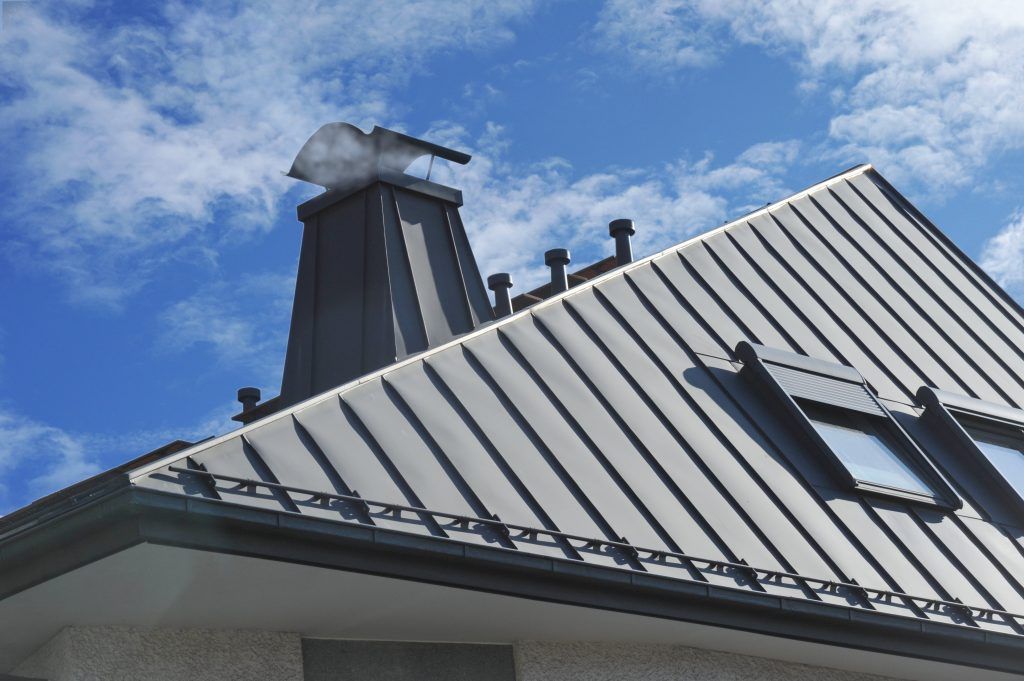
The Truth About Roof Longevity
Roofs don't last forever. Their lifespan depends on the materials used and how well you take care of them. Regular upkeep can add years to your roof's life.
Lifespan of Different Roofing Materials
Asphalt shingles typically last 20-30 years. Metal roofs can endure for 40-70 years. Slate and tile roofs often survive 50-100 years or more.
Climate affects these numbers. Harsh weather can shorten a roof's life. Mild climates may help it last longer.
Here's a quick breakdown:
- Asphalt shingles: 20-30 years
- Metal: 40-70 years
- Slate/Tile: 50-100+ years
Quality matters too. Better materials often mean a longer-lasting roof. Proper installation is key for any roofing type to reach its full lifespan.
The Impact of Maintenance
Regular roof care can extend its life. Ignore your roof, and problems can pop up fast.
Yearly inspections help catch issues early. Look for:
- Loose or missing shingles
- Cracks or holes
- Signs of water damage
Clean your gutters often. Clogged gutters can lead to water backup and roof damage.
Trim nearby trees. Falling branches can harm your roof. Leaves can trap moisture and cause rot.
Fix small problems quickly. A tiny leak can turn into big trouble if left alone. Prompt repairs save money in the long run.
Good ventilation is crucial. It prevents heat and moisture buildup. This helps avoid warped decking and mold growth.
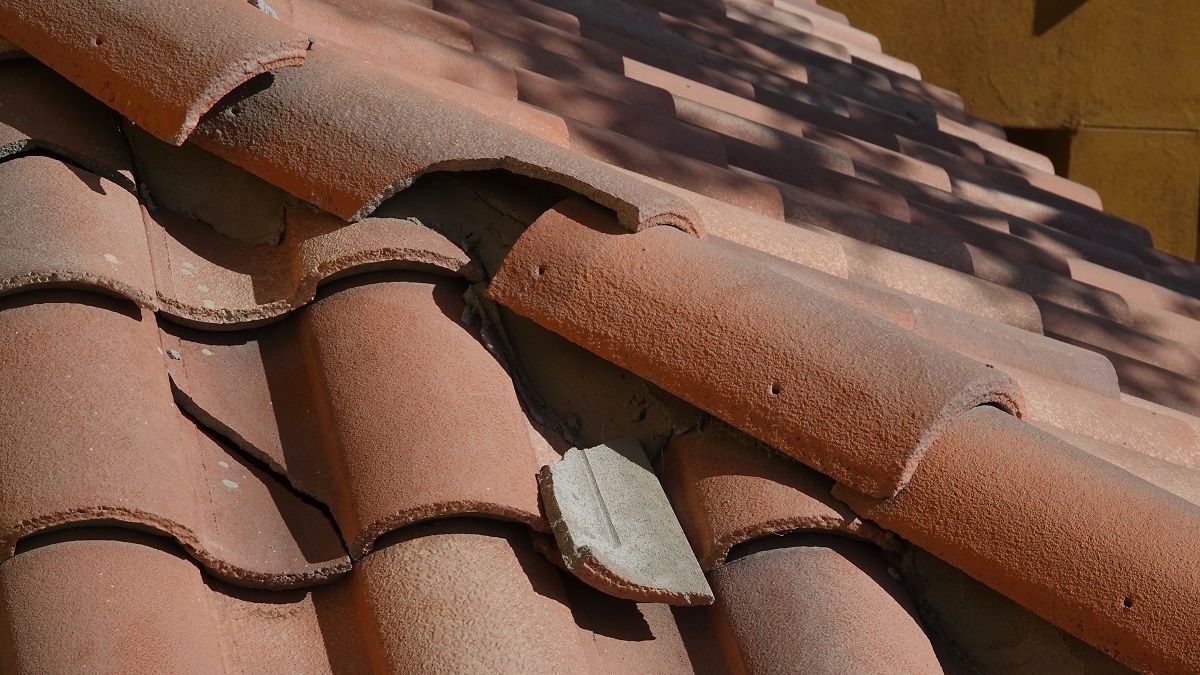
Installation and Repair Realities
Proper roof installation and maintenance are crucial for a long-lasting, protective roof. Professional expertise and understanding the difference between quick fixes and comprehensive solutions can save you time and money in the long run.
The Role of Professional Installation
Professional roof installation is key to a durable and effective roofing system. Improper installation can lead to leaks, poor ventilation, and other issues. You might think DIY installation will save money, but it often costs more in repairs later.
Professionals have the right tools and skills to install your roof correctly. They understand local building codes and can ensure your roof meets all requirements. This knowledge helps prevent future problems.
Experts also know how to work safely at heights. They have insurance to protect you from liability if accidents happen during installation. Professional installation often comes with warranties, giving you peace of mind.
Temporary Fixes vs. Long-Term Solutions
When your roof has issues, you might be tempted to use quick fixes. These can seem cheaper and easier at first. But they often lead to bigger problems down the road.
Temporary repairs don't address underlying issues. They may stop a leak for a short time, but the problem will likely return. Long-term solutions, while more expensive upfront, save you money over time.
Professional roofers can spot hidden damage that quick fixes miss. They'll recommend comprehensive repairs that last. This approach prevents repeated issues and extends your roof's life.
Remember, investing in proper repairs now can prevent costly replacements later. It's important to weigh the short-term costs against long-term benefits when deciding on roof repairs.
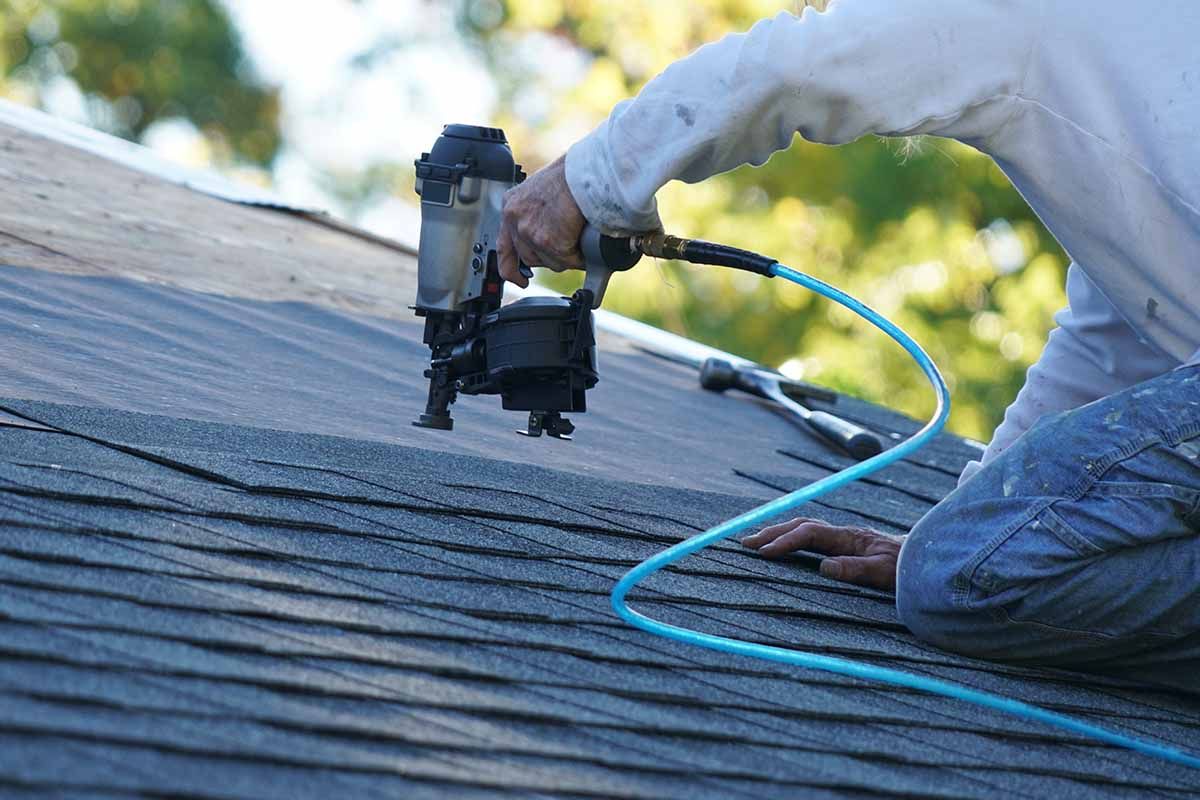
Factors Affecting Roof Performance
Many things can impact how well your roof works. The two biggest factors are the climate where you live and how air moves through your attic.
Climate and Environmental Effects
Your roof faces different challenges based on where you live. In hot places, strong sun can make roofing materials break down faster. Hail-prone areas may shorten a roof's life compared to milder climates.
Heavy rain and snow put extra weight on your roof. This can lead to leaks if your roof isn't strong enough. Nearby trees can drop leaves and branches on your roof, causing damage.
Wind is another big factor. Strong gusts can lift shingles and let water get underneath. In coastal areas, salt in the air can corrode metal parts of your roof over time.
Importance of Proper Ventilation
Good airflow in your attic is key for a healthy roof. Proper ventilation helps control temperature and moisture levels.
In summer, a well-vented attic stays cooler. This protects your shingles from overheating and warping. It also helps keep your home cooler, which can lower your energy bills.
In winter, ventilation prevents ice dams. These form when warm air in the attic melts snow on the roof. The water then refreezes at the edges, causing damage.
Year-round, good airflow reduces moisture buildup. Too much dampness can lead to mold, rot, and insulation damage. It can even warp the wood structure of your roof.
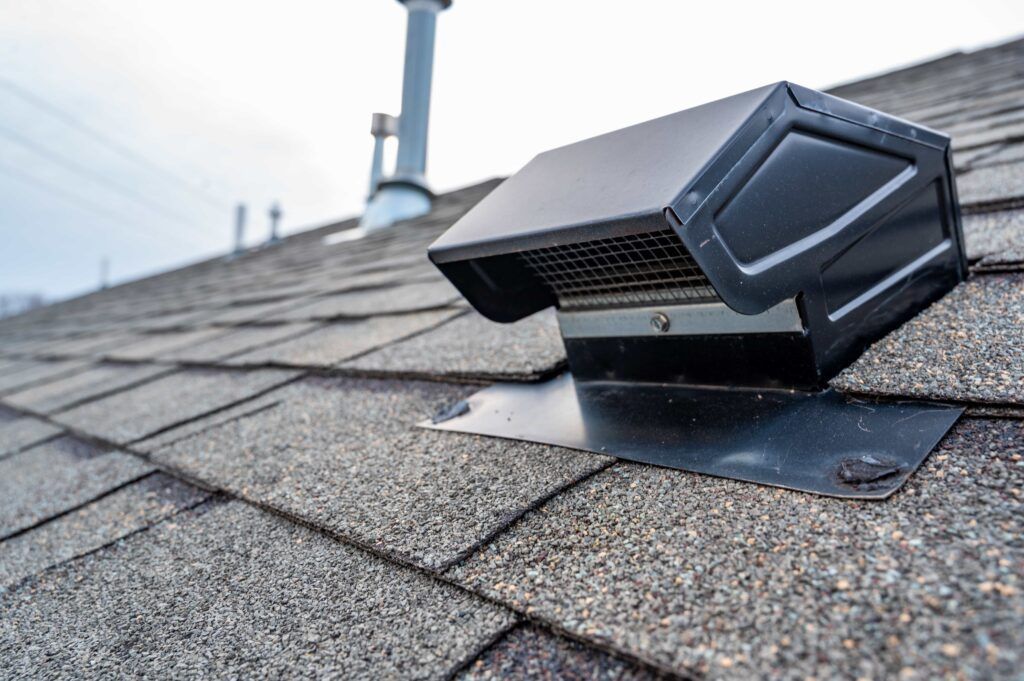
Choosing the Right Material for Your Roof
Picking the best roofing material involves weighing costs, durability, and climate suitability. Your choice impacts your home's look, energy efficiency, and long-term value.
Analyzing Cost Versus Value
When selecting a roof, think beyond just the price tag. Cheap materials may cost more in the long run due to frequent repairs or replacements.
Consider these factors:
- Initial cost
- Lifespan of material
- Maintenance needs
- Energy savings
Asphalt shingles are budget-friendly but may need replacing sooner. Metal roofs cost more upfront but can last 50+ years with little upkeep.
Weigh long-term savings against short-term costs. A pricier material might save you money over time through lower energy bills and fewer repairs.
Understanding Material Advantages and Limitations
Each roofing material has pros and cons. Your choice should fit your climate, house style, and personal needs.
Asphalt shingles:
- Affordable and easy to install
- Many color options
- 15-30 year lifespan
- Less durable in extreme weather
- Long-lasting and low maintenance
- Energy-efficient
- Fire-resistant
- Can be noisy during rain
- Great for hot climates
- Very durable
- Heavy - may need extra structural support
- Higher cost
Wood shakes:
- Natural look
- Good insulation
- Require regular maintenance
- Not ideal for fire-prone areas
Pick a material that matches your local weather patterns and home's needs. A good choice will protect your home and look great for years to come.
Conclusion
Roofing myths can lead to poor decisions about your home. By knowing the facts, you can better care for your roof and avoid costly mistakes.
Regular inspections and maintenance are key to a long-lasting roof. Don't wait for leaks to appear before taking action.
Different roofing materials have unique pros and cons. Choose the right one for your climate and budget.
While DIY may seem tempting, professional roofing work is often safer and more cost-effective in the long run.
For expert roofing services in Providence, RI, consider Providence Roofing Company. Our skilled team can help you separate roofing fact from fiction and ensure your roof stays in top shape for years to come.
Remember, your roof is a crucial part of your home. Treat it with care and seek professional help when needed to protect your investment.

